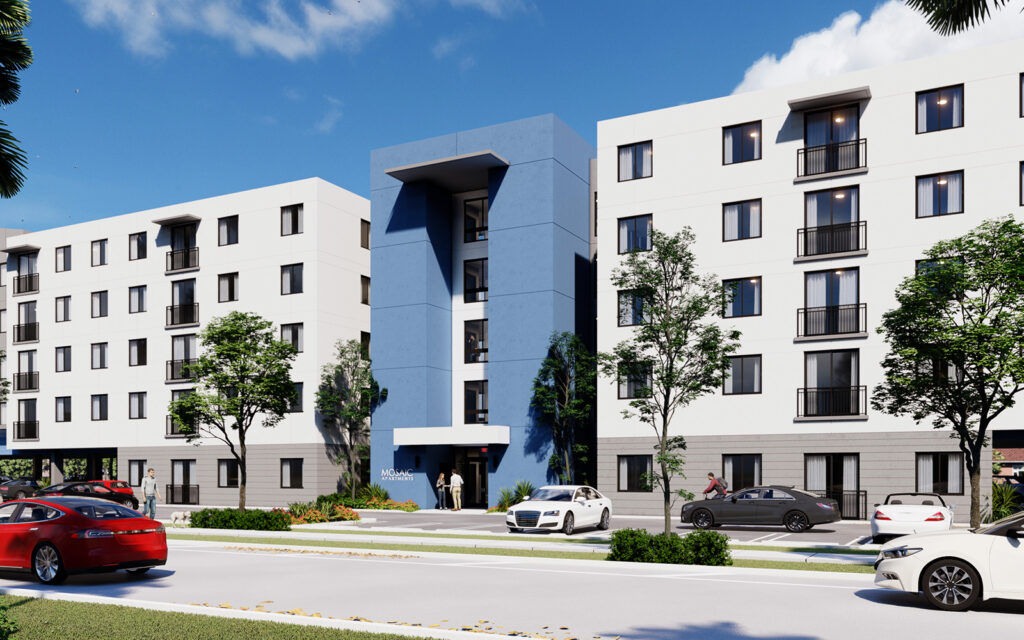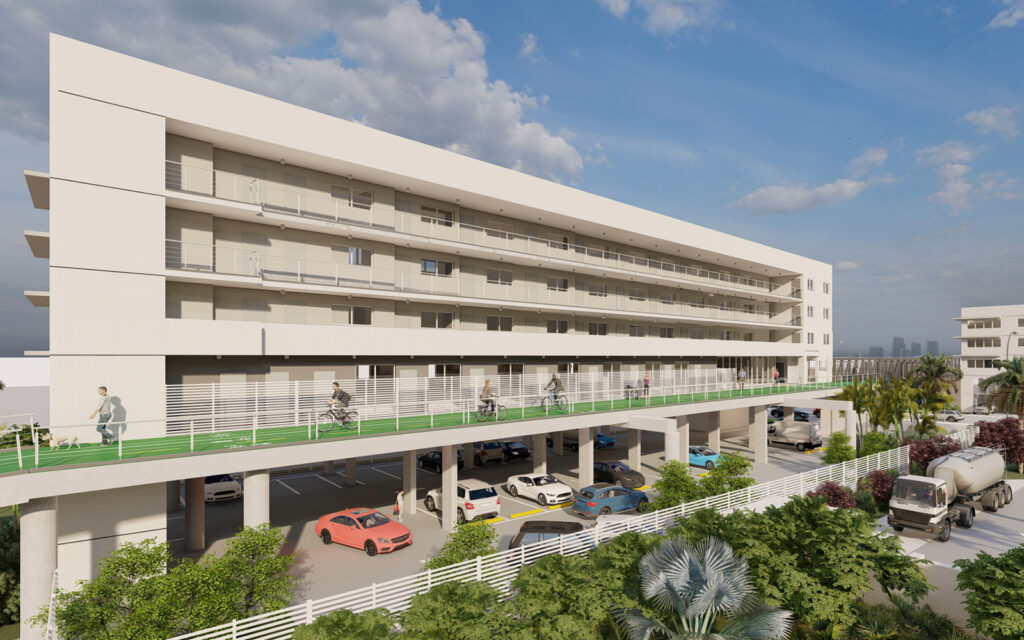Trending
Florida’s affordable housing law could “change the look of coastal cities”
Developers are in contract to buy commercial sites due to new legislation

Developers are analyzing how to take advantage of Florida’s new legislation, which will set aside over $700 million in funding, create tax breaks, and provide zoning-related incentives for affordable and workforce housing developments.
The law could contribute to a new boom in housing development, from entirely affordable buildings to mixed-income towers on commercial sites that developers are now looking to purchase, experts say.
The Live Local Act, which Gov. Ron DeSantis signed last week, aims to help fill financing gaps, making more developments economically feasible. What is still crucial, attorneys and developers said, is combining that with incentives on the local level.

“These incentive programs, in conjunction with working cities and municipalities — that’s the way you’re going to fill a void and a gap and a huge need,” said Brian Sidman, of Miami Beach-based Redwood Dev Co. “The problem isn’t going to be solved by developers buying private land. That ship has sailed due to the cost of private land.”
Still, Sidman called the legislation “a great start,” and applauded DeSantis and the Florida Legislature.
“If we don’t fix our housing crisis, we’ll have other material programs that will trickle down,” he said.

Redwood is analyzing the SAIL (State Apartment Incentive Loan) program to see which of its projects could secure low-interest loans for workforce housing. Redwood, which has more than 1,500 units in the pipeline in South Florida, aims to build more than 5,000 affordable and/or workforce units over the next five to seven years. It recently broke ground on Mosaic, a 98-unit development in Opa-locka.
The new legislation sets aside $259 million in SAIL funds. It also promises $252 million in SHIP (State Housing Initiatives Program) funding to incentivize local governments to partner with developers preserving or building new housing.
The law goes into effect July 1. Developers are expected to apply for incentives this summer, and receive funds next year.
Jake Morrow, who leads Miami-based Integra Investments’ affordable and workforce housing division, Interurban, pointed to the law’s ad valorem tax exemptions. The property tax breaks, which existed already for senior affordable housing, will provide a stimulus for affordable and workforce housing that meet specific criteria.

“Due to this legislation, we’re very actively taking a second look at several new affordable housing developments we previously deemed infeasible, especially in South Florida,” Morrow said. Interurban recently completed 670 affordable and workforce housing units in the tri-county region.
If developers don’t have to pay property taxes (beginning in 2024), they can count on a project generating more net operating income, which means they can borrow more debt. Ultimately, that means they could develop more units, experts said.
J.C. De Ona, president of Centennial Bank’s Southeast Florida division, agreed that affordable housing developers will still need local funding or other incentives to make their deals pencil out. He referred to Ludlam Trail Towers, a senior affordable housing development under construction in Miami. Centennial provided a $7.5 million construction loan to the developer, an affiliate of MV Real Estate Holdings. Without funding from Miami-Dade County, the project wouldn’t have moved forward.
“We’re looking at another project in Sweetwater. Unless it has both state and county support, the deal doesn’t happen,” De Ona said.
The huge increase in construction costs — including the price of land, debt, labor and materials — and insurance have contributed to the lack of affordable housing.
The Live Local Act aims to remedy some of that. It will put $100 million in non-recurring funds into a competitive loan program that developers could tap to cover inflation-related cost increases for Florida Housing and Finance Corporation-approved multifamily developments that haven’t broken ground yet. Separately, it will provide up to a $5,000 sales tax refund for building materials used to construct affordable housing units that were funded by FHFC.
The law will preempt local governments’ zoning, density and height requirements for affordable housing in areas zoned for commercial or mixed-use development. That means counties will be banned from restricting density of a proposed development below the highest allowed density on any property in an unincorporated area where residential development is allowed. Local governments will also not be able to restrict height below what’s allowed within one mile of the proposed building.
Local governments also must allow multifamily or mixed-use residential developments that set aside 40 percent or more of their units for at least 30 years to affordable housing.
The zoning incentives are significant, but attorneys and developers noted that as buildings get taller, they become more expensive to construct. That typically happens at about the seventh or eighth floor of construction, they said. For some, it will pencil out to add some units or a couple of extra floors of development.
“If you’re going x amount of stories already, the construction costs don’t go up that substantially,” De Ona said. “If you’re still in at the same dollar per unit and same profitability per unit, it makes sense.”
Developers are already looking at sites to build mixed-income projects, with affordable or workforce housing on the lower floors, and market-rate and luxury above it, said attorney Keith Poliakoff of Fort Lauderdale-based Government Law Group.
Poliakoff believes that the height, density and even parking incentives will “dramatically” change communities and result in a housing boom. Reductions in parking requirements for projects proposed within a half-mile of a transit stop are also on the table.
“I meet with potential and existing clients almost daily who are under contract on commercial properties, who would not be under contract if not for this law,” he said, citing pending deals in Sunny Isles Beach, Fort Lauderdale and Hollywood that have popped up in the last week.
“It’s going to totally change the look of [coastal] cities,” he said.




